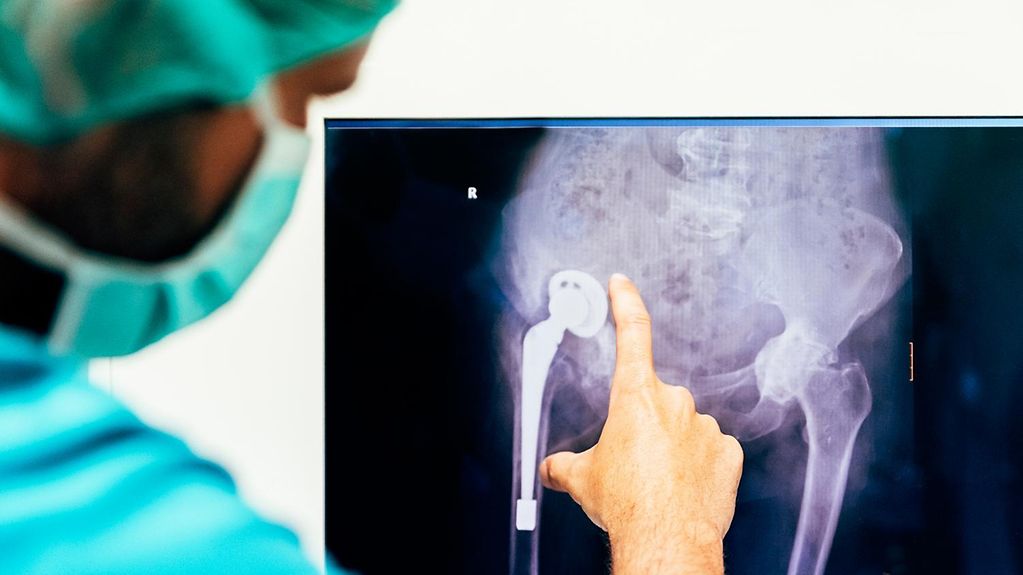Patient Data Protection Act
Digital networking offers huge opportunities for medical and nursing care in Germany. To forge ahead with digitalisation in the health service, the Cabinet has approved a bill that would protect electronic patient files in the telematics infrastructure.
2 min reading time

As of 2022, it will be possible to store X-rays in electronic patient files.
Photo: Getty Images/iStockphoto
As of 1 January 2021 the health insurance schemes will make electronic patient files available. These will be gradually developed further so that they can be used. The aim is to facilitate user-friendly, barrier-free digital communication between the care and treatment providers and patients, thus simplifying operations in everyday treatment.
In addition to results, doctors’ reports and X-rays, as of 2022 vaccination records, pregnancy record books (Mutterpass), yellow record books for children’s development checks and dental bonus cards will be saved as part of the patient file.
Patients to decide about their own data
Insured individuals will be free to decide for themselves about the way their electronic patient file is used. Which data will be saved? Who may access the data? Will data be deleted again? In future insured individuals will take all these decisions.
Clear rules and regulations governing data protection and privacy, data safety and legal responsibilities for data safety will ensure that sensitive health data such as results, diagnoses, medication and reports on treatment have optimum protection.
Developing digital applications
There are also plans for the gradual incorporation of additional digital medical applications in the telematics infrastructure:
- As of 1 January 2022 it will be possible to issue electronic prescriptions for prescription drugs. An app will make it possible to send the e-prescription directly to a smartphone.
- Referrals too will be sent out in electronic form in future.
- Additional service providers, including health protection and rehabilitation facilities are to be linked up to the telematics infrastructure. Members of the nursing and caring professions too will be able to access electronic patient files in future.
Doctors will be remunerated when they help insured individuals use electronic patient files and process data in these files; hospitals will receive an additional payment. And pharmacies will be remunerated when they help insured individuals to fill in and use the electronic patient file.